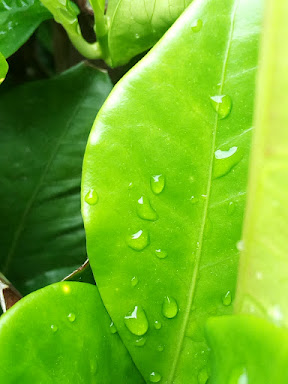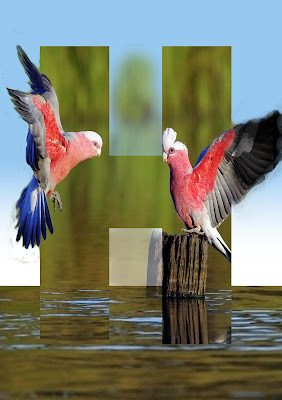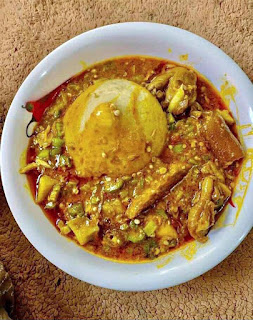Coconut is known in the Ewe Language as "ene" and in Twi, it is known as "kube". In the Volta Region, many lands have at least one coconut tree planted because coconut tree provides some income for the farmers. Uses of coconut. The Ewes, therefore, call this toffee, 'ene toffee' and the Akans 'kube toffee'. The coconut can be sold fresh, the dry ones are sold and for use for different products and even the husks are also sold separately. Now, one of the many products made from coconut is toffee. This toffee is made and sold in different markets and has that market demand because it is a lovely candy locally made in Ghana. To make coconut candy, plenty of ingredients are not needed but only two and everything is set. Coconut candy
Ingredients for making coconut toffee
Dry coconut is obtained and after breaking to access the nuts, they are washed very well and then ground at the mill or if the quantity is small, a metal grate is used to grate it. The ground or grated coconut is mixed with a small amount of water. A clean cloth is used to hold some of the nuts and then squeezed very well to extract the milky water of the coconut. This water is the main ingredient that makes the toffee what it is. After extracting all the water, the chaff is dried as feed for animals or thrown away if no use is found for it. That's just by the way.
This extracted water which has a milky look is poured into a pot and mixed with enough sugar. The mixture is stirred thoroughly after the pouring of sugar to ensure it dissolves almost completely before it is put on fire. The green tea leaves are washed, tied and dropped into the mixture. The pot will now be put on fire and stirred occasionally. This mixture stays on fire for relatively a longer time before it begins to thicken. As the mixture is been heated by the fire and stirred occasionally, it comes to a point where it begins to thicken, at this point the tea leaf can be removed. The importance of the tea leaves is to add some flavour to the toffee. Even without these leaves, the toffee is still complete anyway.
The mixture is stirred now continuously until it is uniformly brown. The more it stays on the fire after the brown uniform colour is formed, it can get burnt. The toffee is then poured on a clean table and allowed to cool. At this stage, the toffee will have a very soft nature and very hot. As it cools, it thickens more and then a portion is removed and rolled into a long stick. All the toffee on the table is rolled into long sticks and then a sharp knife is used to cut them into shorter strokes or sticks. These strokes are collected in a bowl and ready to be package for market readiness.
Packaging of coconut or ene or kube toffee
This toffee has since been wrapped in white rubber as a means of keeping it stay longer and that is what it is till today. The reason is that if air reaches the toffee, it causes it to lose its hard nature and then eventually not good for consumption. For as long as I know this toffee which my family happens to produce and sell, we buy a white rubber suitable for this, divide the rubber and then use it to wrap carefully the toffee. This is how it's been packaged for so many years.
Marketing and distribution
After the primary packaging which is basically the wrapping in plain rubber is complete, the toffee is counted according to the respective prices and then tied in rubbers. These ones are then put together in sacks and transported to markets near and far for marketing and distribution. Anytime there is scarcity of coconuts or sugar prices go up, and it affects the prices of these toffees as well but demand for the product is appreciably good.
This toffee can be found in other regions beyond Volta Region because some natives who moved to these regions are able to produce and sell it. This way the tradition or heritage is not lost but kept alive. With a side work like this, some income can be generated and it is even the main source of livelihood for some women.
Did you love this content? Let's hear your comments in the comment section.












Comments
Post a Comment
Share your views on this insightful content